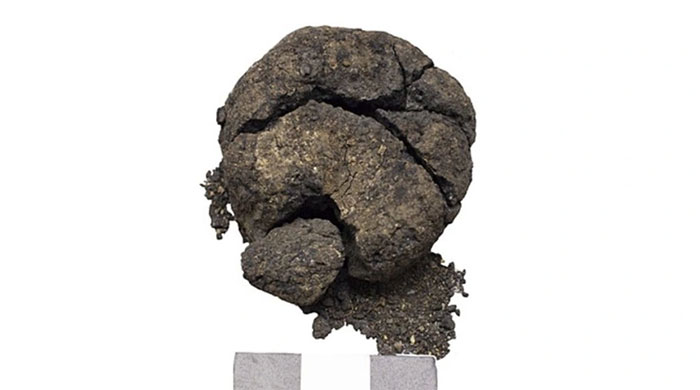At the famous Catalhoyuk archaeological site in Turkey, researchers made a surprising discovery: a loaf of bread preserved since ancient times.
The site is one of the earliest known urban settlements in the world, dating back to the Neolithic period.
Analyzing the age of the artifacts, archaeologists confirmed that the loaf of bread was made 8,600 years ago – becoming the oldest type of bread known to date.
Microscopic study of its composition revealed the presence of crushed barley, wheat and peas. This proved to be a loaf of bread.
“This is considered the world’s oldest bread . Considering observations, analysis and dating, we estimate this organic remnant to be about 8,600 years old,” the research team said. said.
The loaf of bread appears to be unbaked?
It was amazingly preserved and it looked like the cake had not been baked, despite its current charred appearance.
Observing the artifact, the archaeological team believed that this was a block of fermented dough that had been discarded over time. They even recognized the imprint of a finger in the middle of the loaf. It seems that the Neolithic worker wanted to check the exact rise of the loaf of bread.
So what happened to this loaf that, even though it was ready to be baked, was left behind? These questions will certainly not be answered.
The Catalhoyuk archaeological site , discovered in 1951, is an extraordinary conservation area with an abundance of objects from ancient times such as eating utensils, stone utensils, pottery, figurines.
 A loaf of bread recently unearthed by archaeologists in Türkiye dates back 8,600 years. (Photo: GreekReporter).
A loaf of bread recently unearthed by archaeologists in Türkiye dates back 8,600 years. (Photo: GreekReporter).
Especially the appearance of textile remains – found in Neolithic houses.
Scientists said that in the first years of excavation, the world’s first textiles were also discovered here.
They estimate that this industry helped Catalhoyuk develop – becoming an urban area at the end of the 8th century BC – with 8,000 people living.





